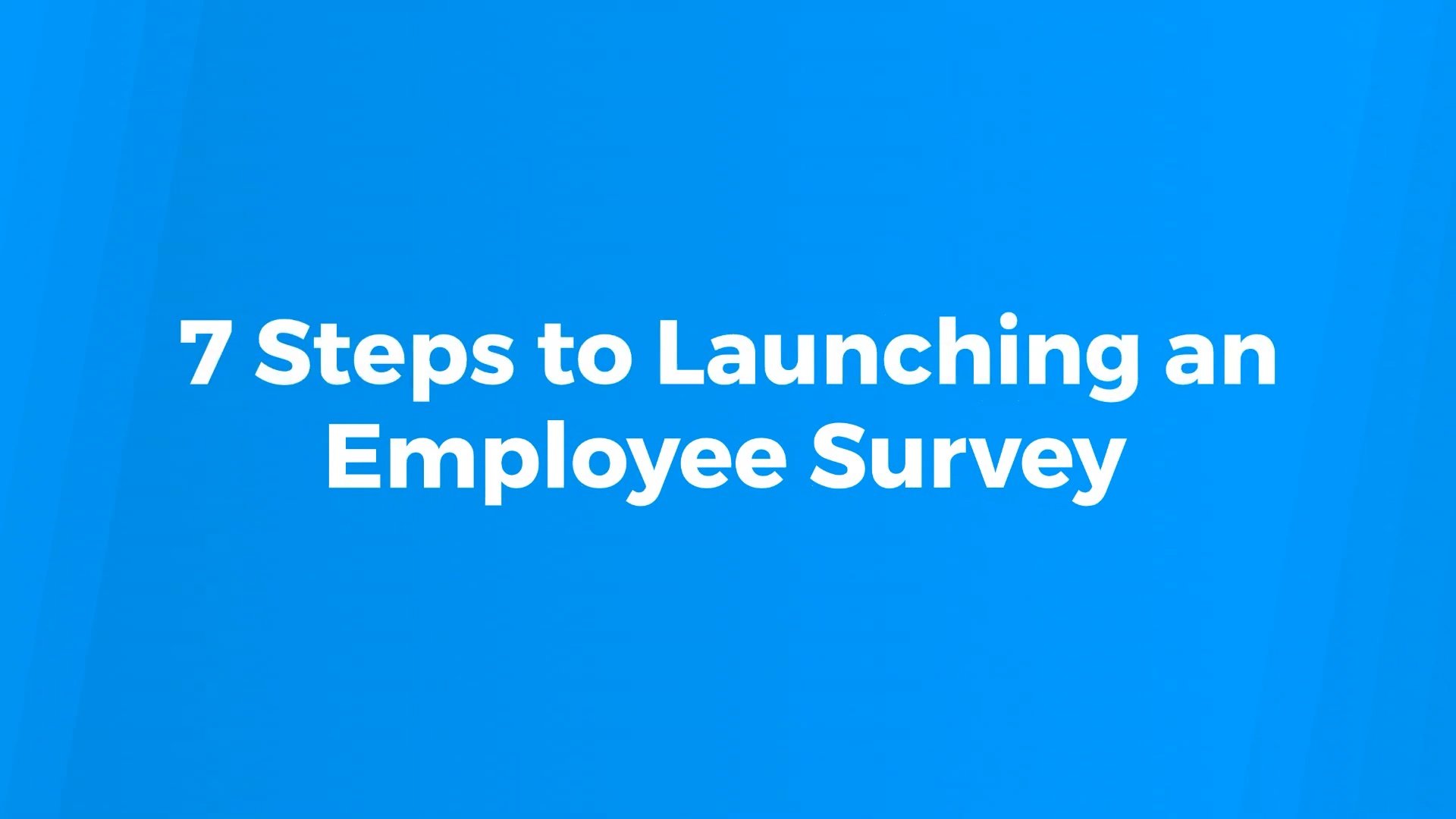
This is Part II in a series, read Part I here.
There was a story in the New York Times on September 28th 2023, regarding where immigrants are settling in New York City, and examining how they are sometimes met with open arms and other times with hostility. In one passage of the story, it described Project Rousseau, a non-profit that offers legal assistance to migrants. One of the activities that the non-profit arranged, was a trip to Ellis Island and the Statue of Liberty for the migrants. The story describes how upon passing the Statue of Liberty, a Ms. Arezo Mohammadi from Afghanistan teared up. “She’s very big, you can see her, she’s incredible,” Ms. Mohammadi told her sister back home in Kabul.
I have to admit I teared up when I read that passage and I often tear up when I am in sight of that wonderful statue, and am reminded of the poem Emma Lazarus wrote that befitted such a beacon, because I know what that statue meant not only to Ms. Mohammadi, but to my own grandparents. Migrants are often fleeing violence, war, economic hardship, abuse, or environmental conditions. Most don’t leave their homes because they simply want to, they leave because they feel they have to. Both Ms. Mohammadi and my grandparents trusted in what that statue stood for, in the values that it represents and that the United States would be a safe haven, a land of opportunity, a place where they could build a better life, not only for themselves but for their children. That statue represents the trust they were willing to place in the institutional structures and values that most of us in the United States of America hold dear.
[Related Blog: Building Trust Within an Organization, Part III]
How do you know if you should trust a person, an agency, an institution or a country? Are there benefits of a high trust environment? What are the costs of a low trust environment? And on what basis do you give your trust?
Trust as a concept is a rather squishy topic and in fact at a conference sponsored by the National Institutes of Health (NIH) a concluding statement was “There is no universally accepted definition of trust. Available definitions are complex, and vary by academic discipline and context.”
What definitions there are include:
-
to believe that someone is good and honest and will not harm you, or that something is safe and reliable;
-
A “standing decision” in which someone is given the benefit of the doubt;
-
A relationship among people in which the relationships facilitate ongoing interactions that involve risk-taking and uncertainty about future interactions;
-
A focus on the source of a message, where we believe the source provides credible information;
-
A willingness to be vulnerable to the actions of the designers, creators, and operators… on the expectation that they will behave in a way that is beneficial.
James Grunig of the University of Maryland who studies trust extensively defines it as a “willingness to open oneself to risk by engaging in a relationship with another party.”
He explained that trust has three dimensions:
- integrity, the belief that a person or organization is fair and just;
- dependability, the belief that a person or organization will do what they say;
- and confidence, the belief that a person or organization has the ability to do what they say they will do.
He emphasized that a person's “openness to risk is the important element” of trust. Openness is one of the big-5 personality traits and people with higher levels of openness are characterized as being more open-minded and accepting, willing to embrace new ideas and novel experiences, and as being more creative. They approach unfamiliar things with a level of curiosity. They're also good at thinking about and making connections between different concepts and ideas.
So, by those definitions, trust is characterized by an individual's willingness to make themselves vulnerable, to be open to the actions, thoughts, beliefs of another party, contingent upon the expectation that this party will behave in a reliable, consistent, and benevolent manner.
[Related Blog: Building Trust Within an Organization, Part IV]
As published in the Journal of the American Medical Association (JAMA), when a person or group has low levels of trust, it can turn deadly, as evidenced by those groups with lower levels of trust in science and institutions having much higher excess death rates, 43% higher death rates, deaths beyond the expected level from COVID 19, than those with higher levels of trust, which resulted in higher vaccination rates. And at organizational levels, lower levels of trust have been shown to be related to a host of negative behaviors and attitudes including, lower levels of job satisfaction and commitment as well as higher levels of turnover. Organizations ignore low levels of employee trust at their own peril.
In the next installment of this series, I will explore how organizations can build and maintain trust.
Want to learn more about measuring employee trust? We are offering a Trust survey, which can be administered on its own or added to a census survey. Contact us for more information. To see references from this blog, click here.
Author

Jeffrey Saltzman is the CEO of OrgVitality, and an Associated Fellow at the Center for Leadership Studies, School of Management at Binghamton University. He is credited with driving technological improvements now commonly seen in the survey industry, creating a business model focused on scientific rigor and business practicality while aiming for bottom-line results. He is the co-author of Creating the Vital Organization: Balancing Short-Term Profits with Long-Term Success, among other books.







